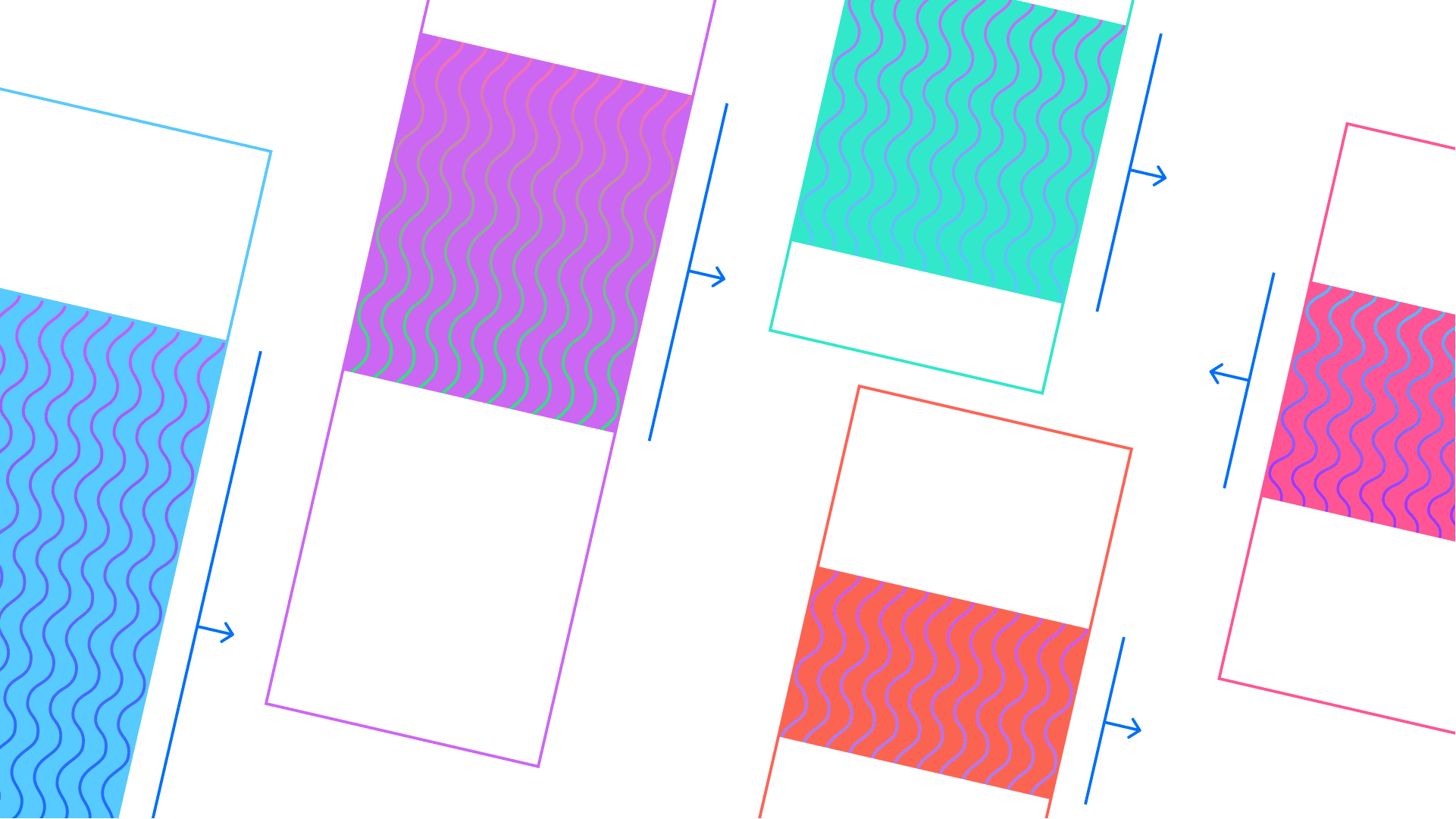A close look at the historical and current data tells us a great deal about how greenhouse gas emissions have grown across the Five Grand Challenges in every nation across the globe—and how adopting clean technologies at scale will be critical to achieving net-zero emissions by 2050.
Our Approach The Data
Data Documentation
Sectoral Analysis
Data:
The circle chart represents historical greenhouse gases emission data in millions of metric tons of carbon dioxide equivalents (mmt CO2). These data are provided by the Rhodium Group.
Transformation:
Data are shown in percentage of gross emissions. We also display emissions from Land Use, Land-Use Change, and Forestry (LULUCF), which is part of the Agriculture Grand Challenge and is the only sector that measures negative emissions.
Getting to zero
Data:
Path to zero projections of greenhouse gases emission are represented in millions of metric tons of carbon dioxide equivalents (mmt CO2) and are provided by the Rhodium Group based on modeling done in partnership with Evolved Energy Research.
Projections are provided exclusively for USA emission data.
Grand challenges
Data:
The stacked bar chart represents historical greenhouse gases emission data in millions of metric tons of carbon dioxide equivalents (mmt CO2). These data are provided by the Rhodium Group.
Transformation:
Data are shown in percentage of gross emissions. We also display emissions from Land Use, Land-Use Change, and Forestry (LULUCF), which is part of the Agriculture Grand Challenge and is the only sector that measures negative emissions. Each missing data point is imputed to 0.
Green premium
Electricity:
Estimates of the Green Premium for electricity come from modeling conducted by Rhodium Group and Evolved Energy Resources (EER). Rhodium and EER used EER’s coupled Pathways and RIO modeling framework to quantify the increase in electricity rates that would likely occur if the US transitioned to 100% zero carbon electricity by 2050 using current technology. For this modeling exercise, Rhodium and EER used technology cost projections from a range of sources, including NREL’s Annual Technology Baselines and EIA’s Annual Energy Outlook. Pathways+RIO has been used for a number of deep decarbonization analyses, including Haley et al 2019 and Larsen et al 2020. The results are sensitive to the specific technology scenarios used as well as decarbonization pathways in other sectors of the economy. Across all scenarios, however, the green premium for electricity is relatively modest.
Manufacturing:
There are a range of technological options for decarbonizing the production of cement, steel and ethylene—the three manufactured products highlighted here. Estimates of the Green Premium are derived from the application of one of these technological options—carbon capture and sequestration (CCS). CCS cost estimates come from a 2017 report from the Global CCS Institute, which range from $67 to $119 a ton for steel and ethylene and $104 to $194 per ton for cement. These costs are applied to estimates of the current price and carbon-intensity of global ethylene, steel and cement production using data from the IEA, USGS, WorldSteel, NMRCA, McKinsey and other sources.
Electric Vehicles:
To provide an example of the elements embodied in the Green Premium, we compared the total cost of ownership of a Chevy Malibu LT (an internal combustion engine) and a Chevy Bolt LT (a fully electric vehicle). Based on available data on Edmonds.com, these vehicles have similar passenger volume, luggage volume and trim. The MSRP for the 2019 Chevy Bolt was $10,000 more than the 2019 Chevy Malibu. But the Chevy Bolt has lower fuel and maintenance costs over its lifetime. For an apples-to-apples comparison, the Green Premium is calculated based on the total cost of ownership for both vehicles assuming they are each driven 12,000 miles per year with a 7% cost of capital for the buyer, an 8-year vehicle life, and assuming US national average fuel, insurance, license, registration, and maintenance costs.
Low-GHG Fuels:
The Green Premium estimates for advanced biofuels come from IRENA’s 2016 global survey. The Green Premium for electrofuels is based on cost estimates that come from Agora Energiewede’s 2018 global survey. Gasoline, diesel, jet fuel and bunker fuel costs are US 2019 national averages from the Energy Information Administration.
Buildings:
Estimates of the Green Premium for building decarbonization are based on estimates of the cost of air-sourced heat pump equipment and installation costs from a 2018 study by the Rocky Mountain Institute and 2019 average electricity and fuel prices from the Energy Information Administration. The examples on Breakthroughenergy.org focus specifically on the cost difference in installing an air-sourced heat pump, instead of a new natural gas furnace and electric air conditioner, in new residential construction and in existing residential buildings, as a retrofit. The comparison is shown for Oakland, Chicago, Providence and Houston, the four cities selected for the RMI study because of their differing climates.
Low-GHG meat:
The Green Premium for low-GHG meat is based on a September 2020 survey of online US supermarket retail prices conducted by Rhodium Group, comparing the price of ground beef to plant-based ground beef alternatives.
Emission profile analysis
Data:
The pentagonal data explorer represents historical greenhouse gases emission data in millions of metric tons of carbon dioxide equivalents (mmt CO2). These data are provided by the Rhodium Group.
Transformation:
We have imputed missing values in the time series of historical emission data with this strategy:
- If the whole time series is missing we impute the missing values to 0.
- If the missing data points are at the beginning or at the end of the time series we impute them at the first or at the last observed value.
- If the missing data points are between two observations, we impute them by linear interpolation.
Each missing data point is imputed at the country level.
On the pentagon edges, challenges are ordered to maximize the correlation of emission values between nearby ones. In this way, two challenges with a similar greenhouse gases emission profile across countries, would appear next to each other.
When a single challenge is selected, imputed data point are labeled as N/A.
Historical Analysis
Data:
The scatterplot represents:
- Historical greenhouse gases emission data in metric tons of carbon dioxide equivalents (mt CO2) or in millions of metric tons of carbon dioxide equivalents (mmt CO2). These data are provided by the Rhodium Group.
- Historical population data, which were sourced from the Statistical Division of United Nations, besides data for Kosovo, which were sourced from the World Bank Data Collection.
- Historical Gross Domestic Product (GDP) data in current US Dollars ($) and that were sourced from the World Bank Data Collection.
Transformations:
We have imputed missing values in the historical emission data and in the historical GDP data with this strategy:
- If the whole time series is missing we impute the missing values to 0.
- If the missing data points are at the beginning or at the end of the time series we impute them at the first or at the last observed value.
- If the missing data points are between two observations, we impute them by linear interpolation.
Each missing data point is imputed at the country level, thus per capita values might display apparent fluctuation due to population changes.
When a single challenge is selected, imputed data point are labeled as N/A.





